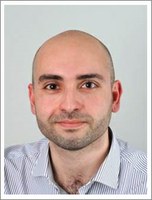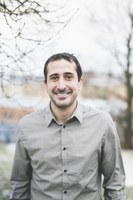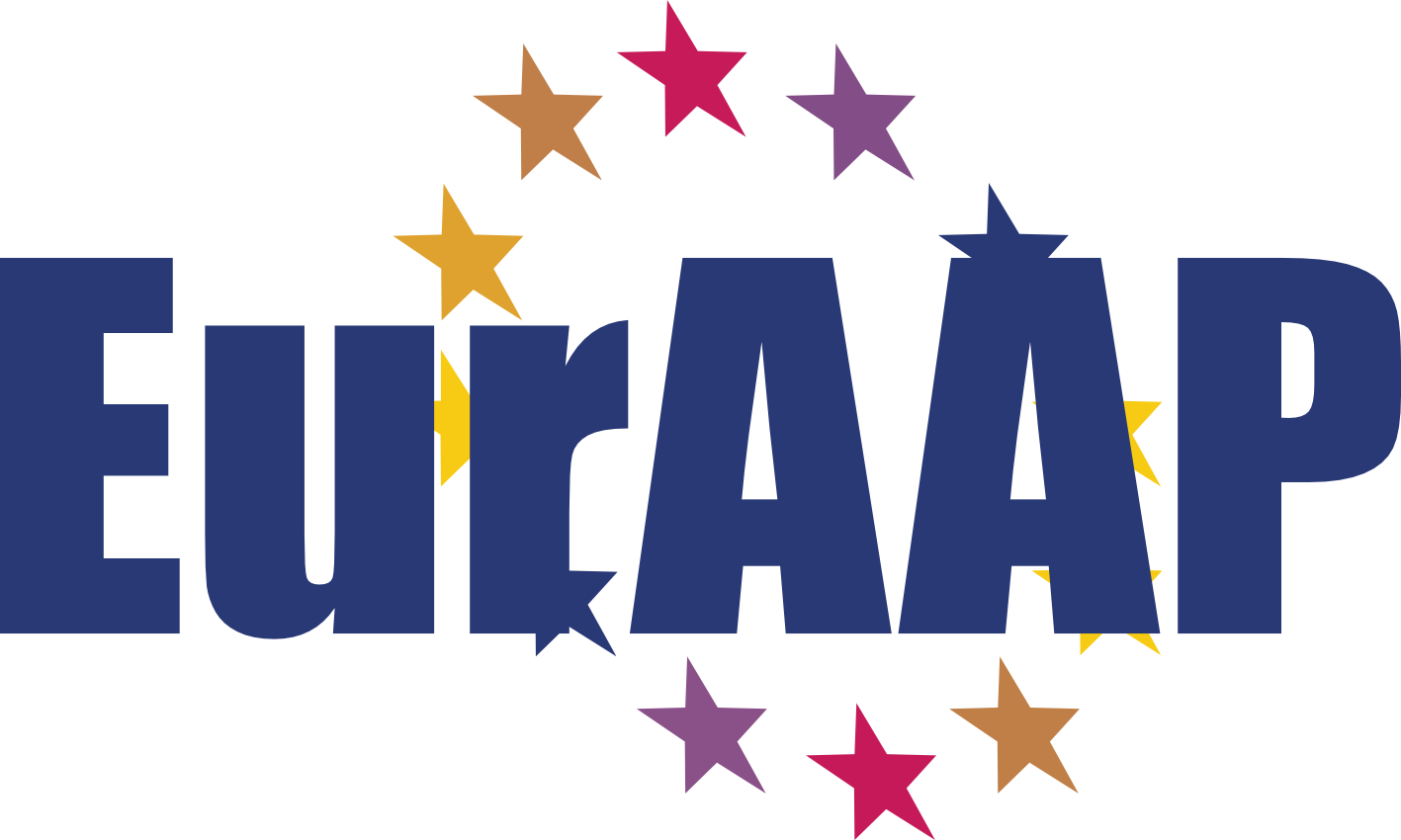SC10 (A): The Future of Flat Lenses: from Modelling to Antenna design
Guido Valerio
University of Pierre & Marie Curie, France

Guido Valerio received his M.Sc. (cum laude) degree in electronic engineering and the Ph.D. degree in electromagnetics from the SapienzaUniversity of Rome, Rome, Italy, in 2005 and 2009, respectively. From 2011 to 2014, he was a Researcher with the Institute d’Electronique et de Telecommunications de Rennes, Rennes, France. Since 2014, he has been an Associate Professor with the Electronics and Electromagnetism Laboratory (L2E), Sorbonne Universités, Université Pierre et Marie Curie, Paris, France. He was a Visiting Scholar at the University of Houston in 2008 and at the University of Michigan in 2015 and 2016.
His research interests include numerical methods for wave propagation and scattering in complex structures, namely, efficient computation of periodic Green’s functions, the interaction of nonperiodic sources with periodic media, modal properties of multilayered structures, and full-wave methods for large multilayered substrate-integrated waveguides. He is currently working on the analytical and numerical description of properties of waves propagating along artificial surfaces having geometrical symmetries for applications to novel classes of lens antennas. He is co-author of more than 35 papers in international journals, and more than 100 in international conferences.
Dr. Valerio was a recipient of the Leopold B. Felsen Award for Excellence in Electrodynamics in 2008. In 2010, he was a recipient of the Barzilai Prize for the best paper at the National Italian Congress of Electromagnetism (XVIII RiNEm). In 2014, he was a recipient of the Raj Mittra Travel Grant for junior researchers presented at the IEEE Antennas and Propagation Society Symposium, Memphis, TN, USA.
Oscar Quevedo-Teruel
KTH Royal Institute of Technology, Sweden

Oscar Quevedo-Teruel received his M.Sc. degree in telecommunication engineering from University Carlos III of Madrid (Spain), in 2005, and developed his Master Thesis at Chalmers University of Technology in Sweden. Later on, he obtained his PhD at Carlos III University of Madridin 2010. He was then invited as a post-doctoral researcher at University of Delft (The Netherlands) in 2010; and post-doctoral research fellow at Department of Theoretical Physics of Condensed Matter at Universidad Autonoma de Madrid in 2010-2011. He was working at Queen Mary University of London as a post-doctoral research assistant in 2011-2013; and since 2014, he is an Assistant Professor at KTH in the School of Electrical Engineering (EES), Electromagnetic Engineering (ETK) and Director of the Master Programme in Electrophysics. He was a Visiting Scholar of Université de Rennes 1 in 2014 and 2015, University of Zagreb in 2015, and University of Michigan in 2015 and 2016.
He was awarded with the Carlos III University of Madrid Award of Excellence 2010 to the best professional career of former students who obtained the university degree from February 2004 to November 2006. He received the National Award Arquimedes for the best supervisor of M. Sc. Theses in Engineering and Architecture in Spain in 2010. Recently, in 2012, he received the Raj Mittra Junior Travel Grant.
He has made a significant scientific contribution to lens antennas, leaky wave antennas, metasurfaces, glide-symmetry, transformation optics and high impedance surfaces. He is co-author of more than 39 papers in international journals, more than 80 in international conferences and 2 patents.
Context
As mobile communications and SatCom move toward higher frequencies, flat lenses effectively overcome limitations of devices such as phased arrays, thus providing low-cost beam-scanning terminals for ubiquitous connections. Near field (NF) features add further applications of these devices, such as NF communications and imaging. These capabilities are obtained by using metamaterials and metasurfaces, which grant marvellous wave-propagation properties. Mastering these technologies will be fundamental to deal with next-generation antennas.
Unfortunately, exhaustive presentations from basic to the most recent advancements on this topic are not usually provided in conferences: this is the aim of the course. Practical problems of modelling and design of these structures will be addressed with reference to recent advancements in this domain. While providing a presentation of recent research topics, attendees who are unfamiliar with lens antennas will quickly be brought to speed in the introductory talk, and will be able to progress through to an advanced level of understanding by the end of the course.
It will be a compelling voyage through the development of antenna devices and electromagnetic theory!
Course content
The short course will provide an in-depth description of typologies, modelling and design methods for flat artificial lenses with applications at microwaves and millimetre waves in mobile communications, SatCom, imaging, and space observation. In the following, a brief outline of the different lectures is provided.
1. Introduction to flat lenses: how to play with waves on surfaces(45 min., by Oscar Quevedo-Teruel)Several kinds of lenses will be described (Luneburg, Eaton, Maxwell Fish-eye, Bespoken lenses) including a discussion about transformation optics as a mean to design specific lenses responding to one own needs.
2. Design of flat lenses: getting our hands dirty(30 min., by Oscar Quevedo-Teruel)Practical realizations of flat lenses will be discussed, together with relevant design procedures. A great variety of configurations will be presented. Among others: lenses embedded in parallel-plate waveguides, lenses on conformable surfaces, lenses whose geometrical profile is transformed with geometrical optics to realize singular refractive indexes.
15-minute break (pause and informal questions)
3. From periodicity to homogeneity: analytical and numerical approaches(40 min., by Guido Valerio)Analytical approaches for the homogenization of typical periodic textures commonly used for lenses in PPW will be discussed. An in-depth discussion of numerical modelling of periodic arrays will be offered, through full-wave methods (periodic integral equations) or simplified ones (Bloch analyses and circuit-based models).
4. Bound and free: guiding a wave or making it radiate? (30 min., by Guido Valerio)Flat lenses can support different waves according to their physical and geometrical properties (modulations, symmetries, etc). After an introduction on the transverse-resonance method, the relevance of these waves will be discussed in different regions (near field, far field, surface interface). Practical devices will be presented for each of the wave treated (leaky-wave metasurfaces, near-field launchers, bound-wave lenses).
15-minute break (pause and informal questions)
5. Getting geometry on our side: special symmetries and wave propagation(20 min., by Guido Valerio)Different solutions will be discussed to get artificial surfaces having specific dispersive properties (i.e., absence or maximization of specific stop-bands). They have been very recently proposed and are based on symmetries (e.g., glide symmetry) or lumped elements used to implement the artificial surface.
6. Recent advancements on flat lenses: to future and beyond (15 min., by Oscar Quevedo-Teruel)
Recent advancements of lenses will be discussed: arbitrary beam scanning or wide bandwidth can be achieved through glide-symmetric surfaces or suitably optimized anisotropic lenses. This lecture will provide the audience with a vision of next challenges and promising directions in the academic and industrial world.
30-minute session for discussion on course topics and current research trends


















